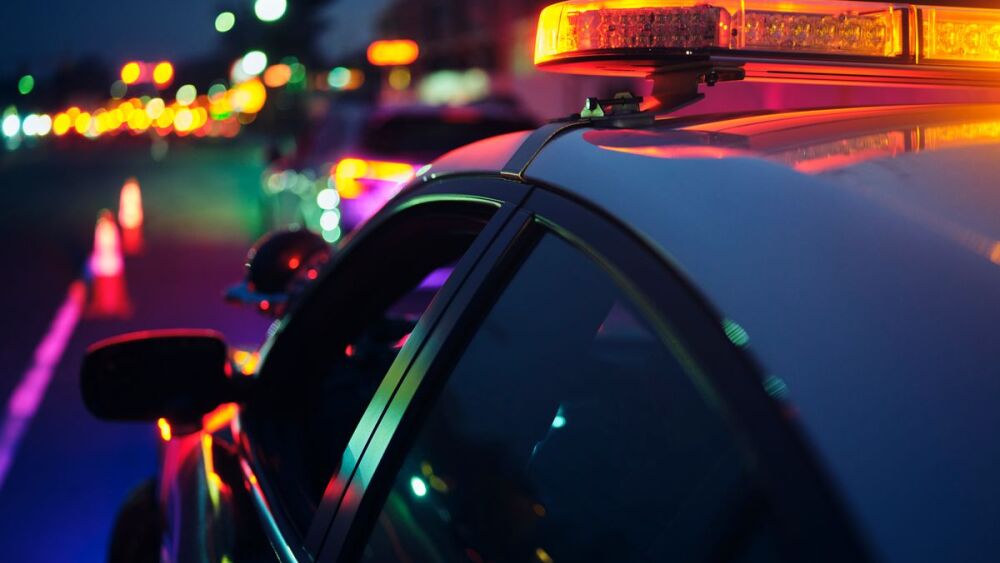By Honey Rand
My husband is the king of all things “safe.” A retired Air Force pilot and former chief of police at MacDill Air Force Base in Tampa, Florida, he still insists on arriving at the airport three hours early and doesn’t drink if he’s going to drive.
He never texts or sends non-verbal communication (in the form of hand gestures) to irresponsible drivers. No open-toed shoes are allowed for driving or on planes as they are unsafe in general and in specific if a rapid departure from the plane is required. No car in which he’s the driver can move until all seatbelts are fastened. Speed limits are strictly observed, as are all of the rules of the road. The list goes on and on and on. Over 30 years, I have watched the list grow.
So, it was a complete surprise when one midday Saturday after making a left-hand turn behind a massive hauler that red lights came on behind us, and we were pulled over by a Hillsborough County sheriff’s deputy.
We made the first right turn onto a street in a mixed residential/commercial area. Then we pulled off the street, far to the right. The sheriff’s deputy pulled in behind us. Although he’s never been stopped, my husband’s training and experience at MacDill Air Force Base many years ago dictated that we stay in the car, his hands on the wheel.
My husband drives a Tesla P85D, and sometimes, people, even law enforcement, want to ask about it. Being pulled over would be a first, but not out of the question.
The young officer approached the driver’s side of the car and asked my husband if he knew why he was pulled over.
“No,” my husband replied.
“You made the left after the light was red,” said the officer.
“I was behind that big truck and didn’t see,” Jim said.
It was true. Neither of us could see around or over it, and who knew it was an inordinately quick light?
“Driver’s license, please,” said the officer.
Jim reached into his back pocket for his wallet and took out his driver’s license. The deputy noticed my husband’s license to carry and his retired military I.D.
“Do you have a gun in the car, sir?” he asked.
“There’s one in the glove compartment.”
“Please slowly open the glove compartment and using two fingers take out the gun.”
Jim did so.
The officer made sure that no round was chambered in the Sig Sauer P38, then discharged the clip and threw it on the back seat of the car. He took Jim’s license and went to his car. When he returned, he issued a warning and thanked Jim for his service then went back to his vehicle.
I turned to Jim and said, “We need to tell him that I’m carrying a gun, too.”
Jim is 15 years older than me, but I was over 50 at the time.
“No. Let’s just get out of here.”
“Jim, we’re OK, but the next time he stops a couple, and he sees a ‘mature’ woman in the car, they might not be like us. He never suspected that I’d be carrying a gun because I am a woman of a certain age. He needs to know. It could save his life.”
Jim relented, bounced out of the car and flagged down the deputy before he could drive away. Jim explained to the young officer that I, too, was ex-military and that I, too, had a license to carry, and that I had a Smith and Wesson in my purse. Jim suggested that the next time, he should ask everyone in the car if they are armed.
The young deputy was surprised and thanked Jim for the heads up. He promised that going forward, he’d do that.
That bad left turn left us doing a right turn.
About the author
Honey Rand has been a writer since she could hold a pencil. Her work has focused primarily on science and nature and has been featured in journals, magazines, newspapers and other publications. Her book, “Water Wars: A Story of People, Politics and Power” will soon be re-issued with a 20 years later chapter. She has a Ph.D. in communication from the University of South Florida.


